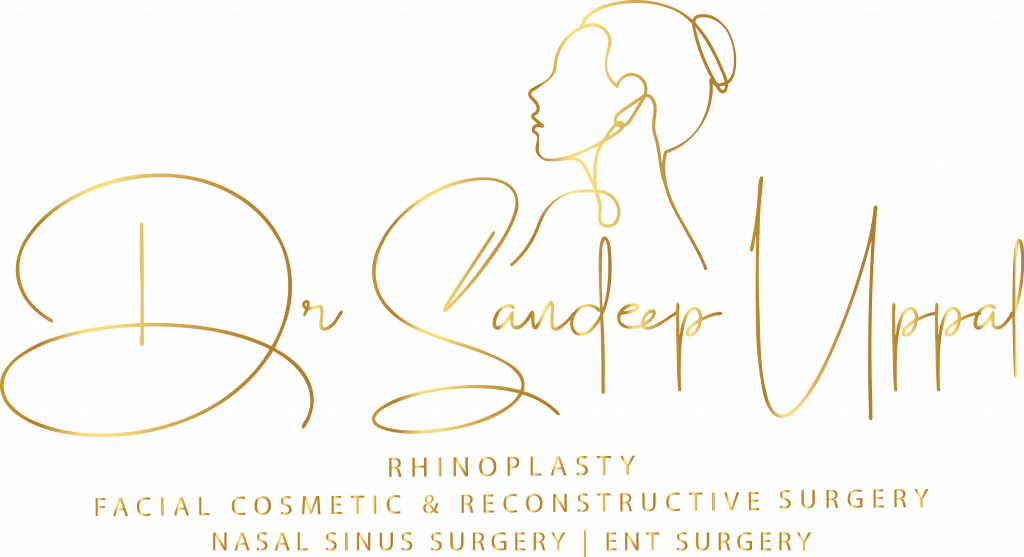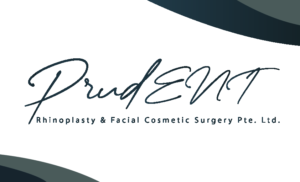SLEEP APNEA & SNORING TREATMENT IN SINGAPORE
WHAT IS SLEEP APNOEA? DEFINITION Sleep apnoea is a sleep disorder characterized by repeated interruptions in breathing during sleep. These interruptions last for seconds to minutes, occurring hundreds of times in a single night. OXYGEN LEVELS The condition is serious as it is accompanied by fall in oxygen level in the blood forcing the person to wake up repeatedly during night to catch a breath, leading to interrupted sleep. COMPLICATIONS Potential consequences include daytime fatigue, high blood pressure, and increased risk of heart-related issues if left untreated. PREVALENCE OF OBSTRUCTIVE SLEEP APNOEA (OSA) SINGAPORE ESTIMATED PREVALENCE IN ADULTS Approximately 9-38% of adults may have at least mild OSA. GENDER DISPARITY Among specific age groups, approximately 17% of women and 34% of men are affected by OSA. OSA IN CHILDREN About 1-5% of children, typically aged 2 to 8, may have OSA. OSA IN SINGAPORE Prevalence in Singapore is comparable to global averages, with up to one in three Singaporeans suffering from moderate to severe OSA, as indicated by a study in the Singapore Medical Journal. READ ALL SNORING & SLEEP APNOEA BLOGS HERE TYPES OF SLEEP APNOEA OBSTRUCTIVE SLEEP APNOEA (OSA) The most common form of sleep apnoea is obstructive sleep apnoea (OSA), where the soft tissue in the back of the throat collapses and blocks the airway. CENTRAL SLEEP APNOEA Unlike OSA, the airway is not blocked, but the brain fails to signal the muscles to breathe due to instability in the respiratory control centre. COMPLEX SLEEP APNOEA SYNDROME Also known as treatment-emergent central sleep apnoea, this condition is a combination of OSA and central sleep apnoea. WHAT ARE THE SIGNS AND SYMPTOMS OF SLEEP APNOEA? Frequent pauses in breathing during sleep. Loud snoring. Sudden awakenings with a choking or gasping sound. Excessive daytime sleepiness. Poor concentration and irritability. Morning headaches. High blood pressure. WHAT ARE THE LONG-TERM RISKS OF UNTREATED OBSTRUCTIVE SLEEP APNOEA SINGAPORE? Dr Sandeep Uppal and his team emphasize the significance of treating obstructive sleep apnoea (OSA) not just as a sleep disorder but as a condition with a range of long-term health risks. Untreated OSA has been extensively researched and found to be associated with several other severe health conditions. Here are the long-term risks, substantiated by scientific evidence: Health Issue Concise Summary Reference Abbreviation Mortality Untreated severe OSA increases death risk by 3x. Young et al., 2008 Cardiovascular Disease Strong link with cardiovascular issues. Marin et al., 2005 Stroke 2-4x higher stroke risk with untreated OSA. Yaggi et al., 2005 Diabetes 15-30% of diabetes patients have OSA; raises insulin resistance. Punjabi et al., 2002 Metabolic Syndrome 35-40% with OSA have metabolic abnormalities. Sharma et al., 2011 Cognitive Impairment Up to 50% with OSA show cognitive decline. Beebe et al., 2003 Mood Disorders High prevalence of depression and anxiety. Peppard et al., 2006 Daytime Fatigue & Accidents 7-fold higher risk of vehicle crashes; more workplace accidents. Terán-Santos et al., 1999 GERD 60% with OSA report GERD symptoms. Locke et al., 2005 Sexual Dysfunction 70% of men have erectile issues; women report low satisfaction. Margel et al., 2004 Pulmonary Hypertension Link with untreated OSA and pulmonary hypertension. Sajkov & McEvoy, 2009 Chronic Kidney Disease 30% of chronic kidney disease patients have OSA. Ahmed et al., 2011 Liver Disease OSA may worsen conditions like fatty liver disease. Norman et al., 2008 Read more about risks of obstructive sleep apnoea>> MANAGEMENT OF OBSTRUCTIVE SLEEP APNOEA Dr Sandeep Uppal and his team conduct a meticulous evaluation to ensure accurate diagnosis and personalized treatment plans. Factors explored include general information, occupational considerations, sleep history, medical background, lifestyle, and family history. A review of other body systems helps identify symptoms linked to OSA, providing a holistic view. A thorough assessment aids in recognizing contributing factors and establishing a precise OSA diagnosis. Diagnostic tests like polysomnography and home sleep apnoea tests are employed to confirm the diagnosis. TREATMENT OPTIONS FOR OSA Dr Sandeep Uppal and The ENT Clinic offer evidence-based treatment options for obstructive sleep apnoea (OSA) tailored to each patient’s condition and needs. Personalized treatment plans are developed to address OSA severity and individual factors. Ongoing monitoring ensures the effectiveness of treatment and adjustments as needed to improve patients’ overall quality of life. NON-INVASIVE THERAPIES Continuous Positive Airway Pressure (CPAP) and Bi-Level Positive Airway Pressure (BiPAP) machines for open airway maintenance Read More About CPAP >>>> Mandibular Advancement Devices (MADs) are available for mild to moderate OSA. LIFESTYLE MODIFICATIONS Encompass weight loss, positional therapy to encourage side-sleeping, and avoiding alcohol and sedatives. SURGICAL OPTIONS Adenoidectomy and Tonsillectomy Nasal Surgeries Septoplasty, Septo-rhinoplasty and turbinate reduction. Palatal Surgery Palato-pharyngoplasty, Uvulo-palato-pharyngoplasty (UPPP). Jaw surgery Genioglossus Advancement (GA), Maxillomandibular Advancement (MMA). Tongue procedures Radiofrequency Ablation (RFA), Coblation of Tongue, Lingual Tonsillectomy, Wedge Resection of Tongue Base, Inspire Therapy Tracheostomy Read more about Management of Snoring and Obstructive Sleep Apnoea>> Learn more about Differences between Snoring and Obstructive Sleep Apnoea>> EMBRACE CHANGE FOR ENHANCED SLEEP AND WELLNESS Considering the far-reaching implications and potential health hazards linked to snoring and obstructive sleep apnoea Singapore (OSA), seeking specialized care becomes an absolute necessity. Dr Sandeep Uppal and his dedicated team are poised to extend their expert guidance and unwavering support as you embark on a journey toward improved sleep and overall well-being. Procrastination is no longer an option—take proactive measures today to effectively manage snoring and OSA. Our comprehensive approach seamlessly melds medical expertise with cutting-edge technology, presenting you with a meticulous array of services meticulously designed to diagnose and address the underlying causes of both snoring and OSA. Seize back the reins of your sleep quality and overall health. Take the decisive step by scheduling an appointment through our appointment scheduling or connecting with us via WhatsApp. Your quest for a more restful night’s sleep commences right here. Explore our other treatments: Snoring and Obstructive Sleep Apnoea, Allergy and Sinus Infections, Nasal Obstruction, Nose Bleeds, Ear Wax, Ear Infection, Tinnitus, Hearing Loss, Dizziness and Balance Problems, Tonsil and Adenoid Issues, Thyroid Nodules, Salivary Gland Tumours, Voice and Swallowing Disorders.
SLEEP APNEA & SNORING TREATMENT IN SINGAPORE Read More »


